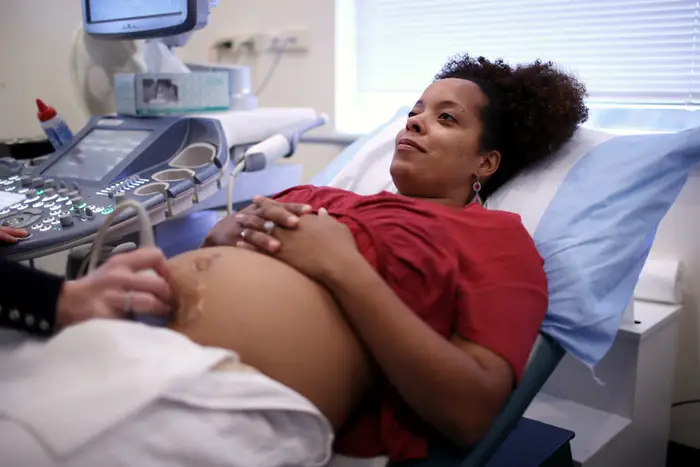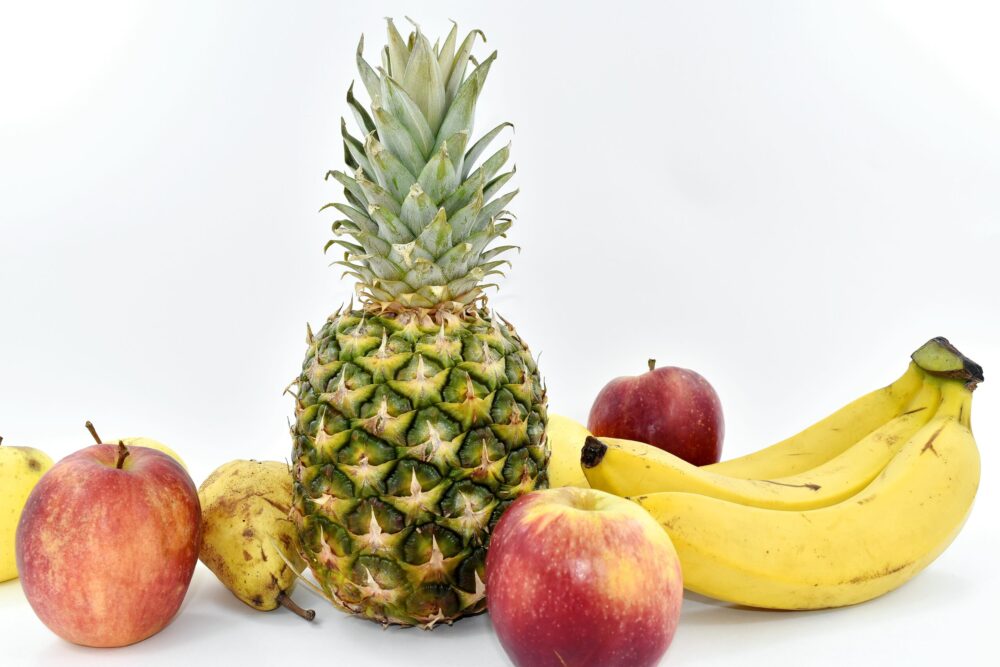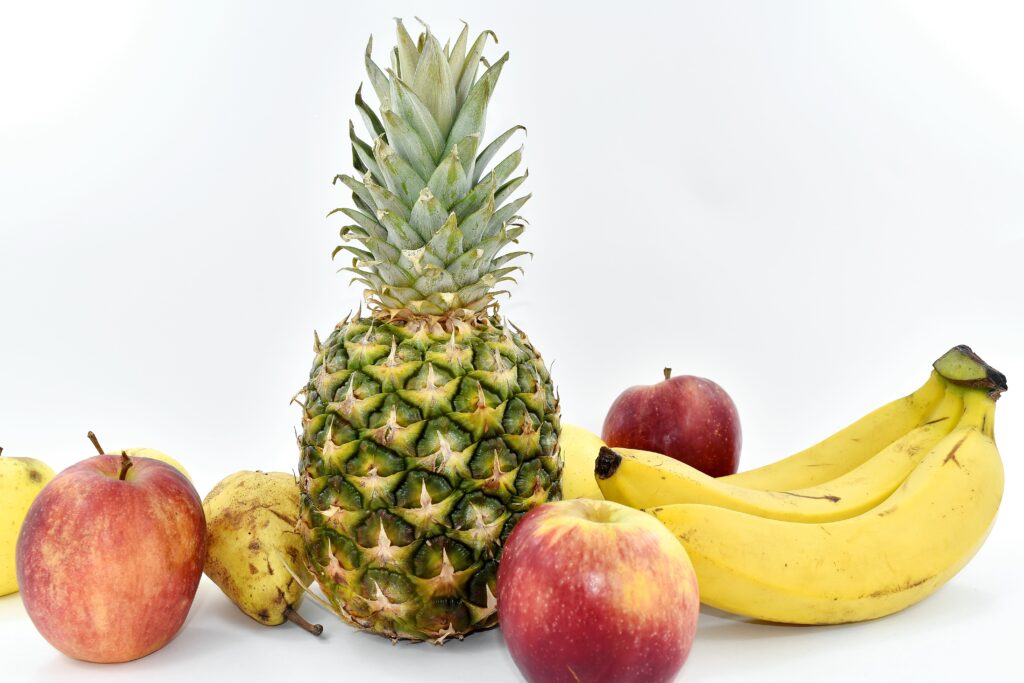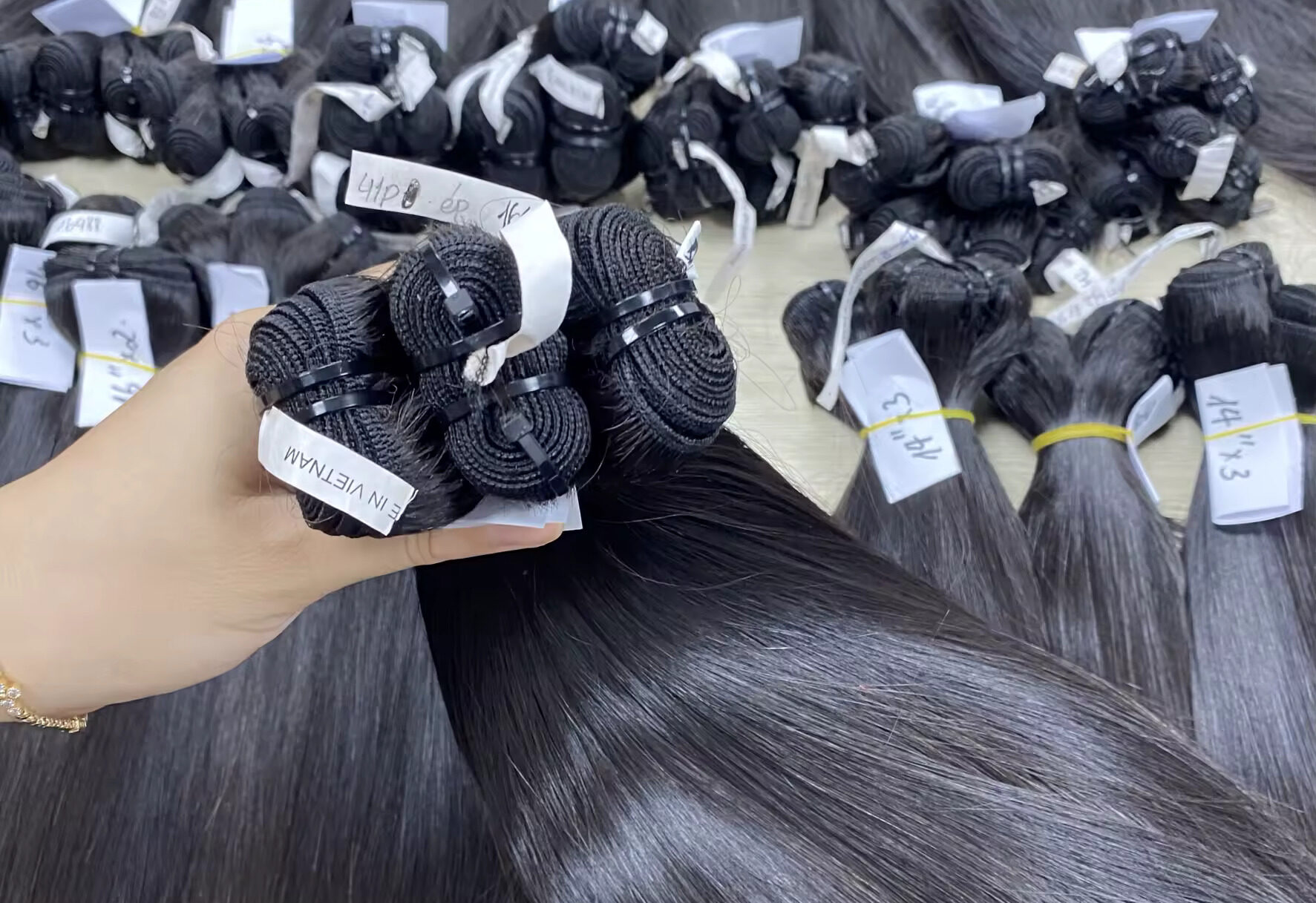Gyneo world
Does Small Breasts Mean Small Milk Production

Do small breasts mean a small milk supply and little milk? This is such a common worry for pregnant mums with small breasts and even some mums whose baby is already here.
You might have even had comments from concerned family members or friends, making you doubt how much milk you’ll be able to make. (Not helpful, right?!).
So, let’s dive in and unravel the mystery together. In this post, I’ll debunk the myth that breast size dictates milk supply and provide insights into what truly influences a good milk supply.
Let’s address the elephant in the room: small breasts. There’s a widespread belief that larger breasts equate to a better milk supply, but research and experience tell us otherwise. The size of your breasts doesn’t correlate with the amount of milk your body can produce. Whether you’re an A cup or a D cup, your body is designed to adapt to your baby’s needs.

Understanding Breast Anatomy
To understand why breast size doesn’t matter, let’s take a closer look at anatomy. The amount of milk you can make is determined by the amount of glandular tissue in your breasts, which can’t be seen or estimated from the outside. Glandular tissue is where your milk is made and is present in all breasts regardless of size. These glands respond to hormonal signals triggered by your baby’s sucking, telling your body to make more milk. It’s a beautifully orchestrated process that highlights the incredible capabilities of the female body. The size of your breasts is decided by the amount of fat tissue you have in your breasts. This is what you can see from the outside, and has nothing to do with milk production.
Supply and Demand: The Key to Supply
Your breast milk supply works on a simple principle: supply and demand. The more milk you empty from your breasts, the more your body produces. This is why it’s so important to follow your baby’s lead regarding how often they want to breastfeed. Trying to encourage your baby to go longer stretches between feeds means less milk is removed from your breasts, so your breasts don’t get the message to make more.
Over time, supply decreases, and then we run into problems. Your baby communicates with your body, signalling the need for nourishment. Following their lead will help your body match their needs. Regardless of breast size, your ability to respond to your baby’s hunger cues is what drives milk production. So, embrace those frequent feeding sessions—they’re not only bonding moments but also essential for maintaining a good milk supply.
As a new mum, it’s natural to have doubts and face challenges along the way. You might wonder if your small breasts can sustain your baby’s needs or if you’re producing enough milk. Remember, breastfeeding is a learning process for both you and your baby. Your confidence and perseverance will carry you through any obstacles you run into.
To wrap up, the size of your breasts does not decide your milk supply or the success of your breastfeeding journey. Small breasts are just as capable of nourishing a baby as larger ones. By understanding the intricacies of milk production, embracing the supply-and-demand dynamic, and getting support when needed, you’ll be able to navigate breastfeeding with confidence in your supply. Remember, whether your breasts are large or small or something in between, your love and dedication are what truly matter in nourishing your little one. Trust in yourself, mumma—you’ve got this!

Gyneo world
C-section, No Biggie, We Just Want Our Baby

While growing up in this part of the world, a C-section, or cesarean section, was a big deal. It was perceived that women who had babies that way were just too lazy to have vaginal birth.
It will not be surprising to see pregnant women going to prayer houses asking God to help them have their babies like the “Hebrew women” in the Bible. These “Hebrew women” had given birth to their babies even before the midwives arrived. In their minds, it meant that these women had stress-free births. They didn’t have to go under the knife to have their babies.
The world has evolved, and medical science has been beneficial in reducing both maternal and child mortality. You will be shocked that the “Hebrew women” style, aka vaginal birth, has also led to the death of some mothers while giving birth.

When it comes to birth, what should be paramount is the safety of both mother and child. How the baby comes into the world should not be the matter of debate.
This argument has broken the hearts of a lot of women. Women who are ashamed to tell their fellow women that they had a C-section.
No one wants to know why the child came out surgically. “She must have been very lazy during pregnancy; that’s why she couldn’t push.” That is the perception people have of surgical births
Both C-sections and vaginal births take their time frame to heal. Just because it was a surgery doesn’t mean it is painless or super easy. The mom will have to be placed on painkillers; on some occasions, she will need blood because the chances of losing blood are higher with this type of birth.
It’s high time we stop bashing women who give birth surgically; it’s so old school.
C-section, no biggie, we just want our baby.
Gyneo world
Virgin or Not!- See STIs You can Contract Without S*x

Virgins can contract s*xually transmitted infections (STIs), even without engaging in s*xual intercourse.
STIs can be transmitted through various means, including skin-to-skin contact, blood transfusions, and shared needles.
Below are ways Virgins can come in contact with these STIs
1. Skin-to-skin contact: Certain STIs, like genital herpes, HPV, and syphilis, can be transmitted through direct contact with the infected skin or mucous membranes, even without s*xual intercourse. This can occur through close physical contact, such as kissing (for oral herpes) or other forms of intimate contact.
2. Blood contact: Some STIs, such as hepatitis B, hepatitis C, and HIV, can be transmitted through contact with infected blood. This can happen through unhygienic tattoos or piercings, sharing needles, or accidental exposure to infected blood.

Virgins can also contract the “kissing disease,” which is medically known as infectious mononucleosis. It’s a viral infection, most often caused by the Epstein-Barr virus (EBV), that spreads through saliva. While it’s often associated with kissing, it can also be transmitted through other forms of close contact involving saliva, like sharing utensils or drinks.
Here’s a more detailed explanation:
- Cause: Mononucleosis is primarily caused by the Epstein-Barr virus (EBV), but other viruses like cytomegalovirus (CMV) can also be responsible in some cases.
- Transmission: The virus spreads through saliva, which is why it’s called the “kissing disease.” However, it can also be transmitted through other forms of contact with infected saliva, such as sharing utensils, drinks, or even through sexual contact or blood transfusions.
- Symptoms: Symptoms of mono include extreme fatigue, sore throat, fever, swollen lymph nodes (especially in the neck), and sometimes a rash or swollen spleen or liver
Virgin or not, you must ensure you keep yourself safe and ensure you visit a doctor if you observe any symptoms. Health is wealth, and you should ensure you take full responsibility for it
Gyneo world
Five Fruits That Will Make you Horny

You feel your libido is on the down low, and you haven’t been horny for a long time. Your partner is worried and is having a hell of a day to get you in the mood.
What if I told you some fruits can help boost your libido and make you horny?
Below are fruits that can make you horny and boost your s*x drive.
Bananas
Some believe bananas can be giant libido boosters. Medically, bananas are a great source of potassium, which aids in testosterone synthesis. While testosterone is typically seen as a male hormone, females also have testosterone, and low testosterone can negatively affect s*x drive. So ladies, do well to have enough bananas for dinner.

Apples
Apples are magical when it comes to the act of love making. They have a positive effect on female s*x drive. One study found that women who consumed an apple a day reported a better quality s*x life.
Cucumber
Filled with vitamin C and manganese, cucumber play a role in supporting s*xual health, elevating energy, and increasing libido. Vitamin C specifically improves blood flow, which can help erectile function. Cucumbers are also known for their undeniably erotic shape.
Pineapple
Bromelain, an enzyme found in pineapple, triggers testosterone production, which can elevate a man’s s*x drive. High levels of vitamin C and thiamine in pineapple provide a surge of energy to the body, too, thus increasing s*xual stamina.
Garlic
Can garlic turn you on? Allicin, a compound in garlic, can increase libido. However, garlic breath can kill the mood, so be sure to pop a mint after eating garlicky foods.
So instead of thinking of heavy meals for dinner, just settle for fruits and veggies; they are good for more than a midnight snack. You will be surprised how these easy-to-get fruits can help you and your partner have a magical night of love.
Gyneo world
BBL and Pregnancy: Can A Woman Have Kids After A BBL?

Are you considering doing a Brazilian butt lift (BBL) and maybe afraid that it will affect your chances of getting pregnant?. Sit tight, because this article is for you.
A Brazilian butt lift (BBL) does not generally affect a woman’s ability to have children, nor does it significantly alter the shape or appearance of your buttocks after pregnancy.
While pregnancy can cause weight fluctuations and affect skin elasticity, these changes are typically temporary, and the BBL results should return once you return to your pre-pregnancy weight.
Here’s a more detailed explanation:
Pregnancy and BBL:
Pregnancy can lead to weight gain and changes in body shape, particularly in the abdomen and breasts. However, these changes usually don’t significantly impact the buttocks, especially if you have already recovered from the BBL surgery.
Weight Fluctuations:
Weight gain during pregnancy, followed by potential weight loss afterwards, can temporarily affect the fat cells in your buttocks, but these changes are usually reversible.
Skin Elasticity:
Pregnancy can also affect skin elasticity, potentially leading to some sagging, especially if you have significant weight fluctuations. However, this is more likely to affect other areas of the body, like the abdomen, rather than the buttocks.

Recovery Time:
It’s generally recommended to wait several months after the BBL surgery before trying to conceive, allowing your body to fully recover.
In summary, while pregnancy can cause temporary body changes, it does not permanently alter the results of a BBL, and you can still have children after the surgery.
Can you still have children after a BBL?”The answer is generally yes.
There is nothing risky about pregnancy or having kids, as long as you have fully recovered. Though, like with other surgeries, it does have the potential to alter your results permanently.
Usually, the buttocks are not too affected by the changes associated with childbearing. However, the areas of liposuction can be.
Additionally, you may see the weight come in in other areas not treated with liposuction. Unlike a tummy tuck though, the overall results of a Brazilian butt lift are not typically undone by having kids.
You can expect to maintain the fullness and shape of your booty after pregnancy. Other factors can influence this, such as weight loss or gain, medical conditions, etc. Most patients see no major changes in their buttocks following pregnancy.
You should consult with your plastic surgeon for personalised advice and to ensure a smooth recovery.
Gyneo world
Galactorrhea: Why Your Breasts Is Producing Milk Without Pregnancy

Galactorrhea is Breast milk production when not pregnant or breastfeeding. This is usually due to an elevation of the hormone prolactin. This can be caused by various factors, including medications, hormonal imbalances, certain medical conditions, and sometimes even just increased breast stimulation.
This type of nipple discharge can come from only one nipple, but it typically comes from both. It can flow spontaneously or just be noticed if you pinch the area around your nipple.1
It is usually a light white colour resembling milk, but may also be yellowish or greenish.
While galactorrhea typically involves a milky discharge, other types of nipple discharge can also occur, such as bloody discharge, which may require further investigation.
Possible Causes of Galactorrhea:
-
Hormonal Imbalances:
Elevated prolactin levels, often linked to a pituitary tumour or other hormonal disorders, can trigger milk production.
Hormones can cause normal breast discharge that’s related or unrelated to pregnancy. Common hormonal causes of nipple discharge include:
Normal hormonal shifts (e.g., menstruation, pregnancy, breastfeeding, pregnancy loss)
Hormonal medication side effects (e.g., birth control pills)
Hormone-related health conditions (e.g., pituitary gland problems)
:max_bytes(150000):strip_icc()/GettyImages-1093735842-05d5ae09048b4ec48f64403de63a21e0.jpg)
-
Medications:
Certain medications, like some birth control pills, antidepressants, and blood pressure medications, can also lead to increased prolactin levels.
- Other Medical Conditions:
- Underactive thyroid (hypothyroidism), kidney disease, and certain types of tumours can also cause galactorrhea.
- Breast Stimulation:
Overstimulation of the breasts, either from touching or due to other medical interventions, can also induce milk production. -
Stress:
Stress can sometimes lead to the release of prolactin, causing breast milk production.
-
Injury or Trauma:
Injury or trauma to the spinal cord or chest can also trigger galactorrhea.
In some cases, galactorrhea may resolve on its own without treatment, especially if the underlying cause is medication-related.
While galactorrhea typically involves a milky discharge, other types of nipple discharge can also occur, such as bloody discharge, which may require further investigation.
For medical advice or diagnosis, consult a professional.
-

 MONEY MATTERS6 months ago
MONEY MATTERS6 months agoYesiru Omolola Relaunches Posh Collections With Budget Friendly Thrift Clothing
-

 MONEY MATTERS7 months ago
MONEY MATTERS7 months agoAchalugo With No Extra Income, How Market?
-

 Entertainment6 months ago
Entertainment6 months agoDunsin Oyekan Pays Tribute to Wife Who Died Six Years Ago
-

 Entertainment6 months ago
Entertainment6 months ago“I Was Told To Drop Jesus and Mary”- Ekene Umenwa
-

 MONEY MATTERS6 months ago
MONEY MATTERS6 months agoHair Business: Know These Five Things Before You Start
-

 Entertainment6 months ago
Entertainment6 months agoFive Nigerian Celebrities That Have Been Arrested or Questioned By EFCC
-

 Stori Stori6 months ago
Stori Stori6 months agoPrince Abayomi and Aduke’s Ileke- Episode 1
-

 Stori Stori6 months ago
Stori Stori6 months agoPrince Abayomi and Aduke’s Ileke- Episode 3